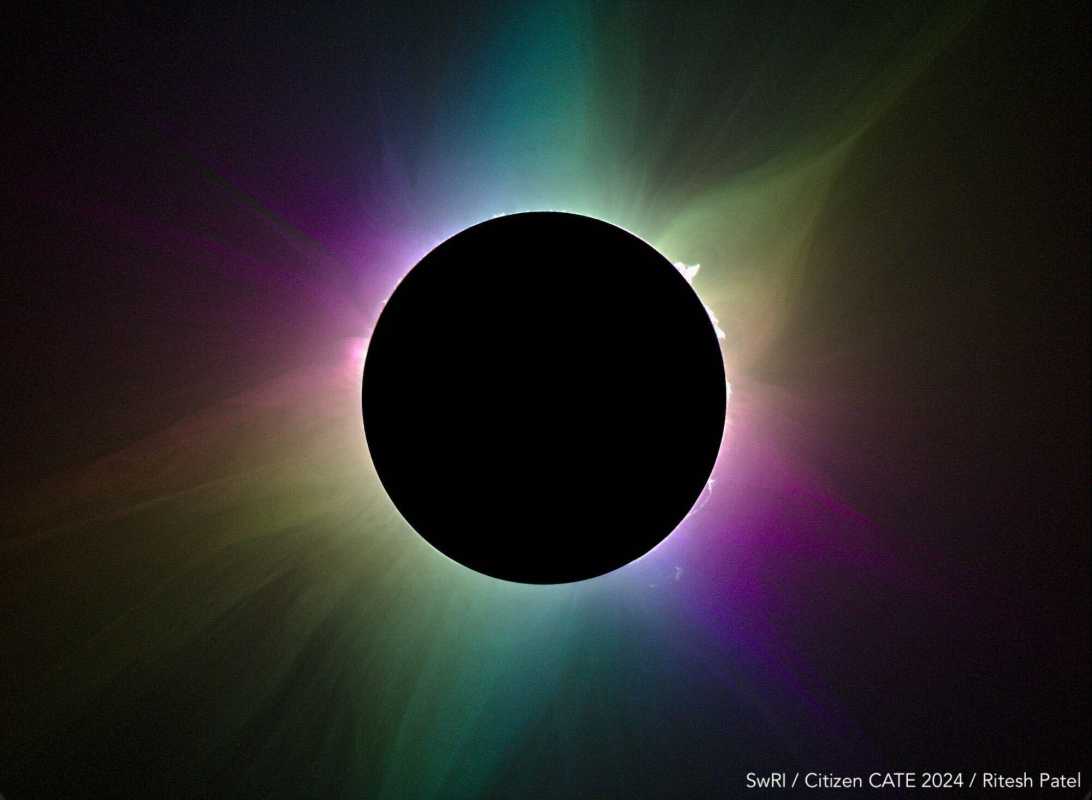News
Citizen Science Projects for Total Solar Eclipse in April 2024

Volunteers have the opportunity to contribute to scientific research during the total solar eclipse happening on April 8, 2024. NASA-funded projects are inviting citizens to participate in crowdsourced research to deepen our understanding of the sun and our planet.
One such project, SunSketcher, aims to precisely map the shape of the sun. Users download an app onto their smartphones, which automatically captures images during the eclipse when Baily’s beads appear. The app records the exact location of each image. Afterwards, the photos are uploaded to the research team for analysis. By merging these images taken from different angles by participants across various states, the team hopes to gain more detailed insights into the oblateness of the sun and its internal composition. This information will also allow scientists to study the sun’s gravitational effects on nearby planets. The SunSketcher app will be released in late February, and everyone is encouraged to participate.
Eclipse Soundscapes, another NASA-funded project, focuses on gathering data related to Earth during the eclipse. Participants can sign up as “observers” and use all their senses to record their observations of the world around them during the event. Alternatively, individuals can apply to be “data collectors” and receive a recording device called the AudioMoth. These devices capture sounds and are equipped with wayfinding tools for visually impaired users. The Eclipse Soundscapes project aims to make science more inclusive and multisensory. It is a follow-up to a study from the 1930s that examined how animals and insects react to solar eclipses. The team hopes to recreate and modernize that research with the help of participants all over the United States. Interested individuals can also take on the role of a Soundscape “apprentice” and learn about the eclipse through online modules.
The Ham Radio Science Citizen Investigation (HamSCI), led by the University of Scranton, is yet another project that involves citizen participation during the solar eclipse. Using ham radios, participants collect data on the ionosphere, an upper atmospheric region that is influenced by solar activity. HamSCI aims to understand the effects of the eclipse on the ionosphere and its radio wave reflections. Although the eclipse is a significant focus for HamSCI, the platform encompasses various amateur radio-based scientific investigations.
These citizen science projects provide unique opportunities for individuals to contribute to scientific research during the total solar eclipse in April. By joining these initiatives, volunteers can actively contribute to our understanding of the sun, Earth, and the impact of eclipses. It is a chance for everyone to be part of groundbreaking research and make valuable contributions to the scientific community.












